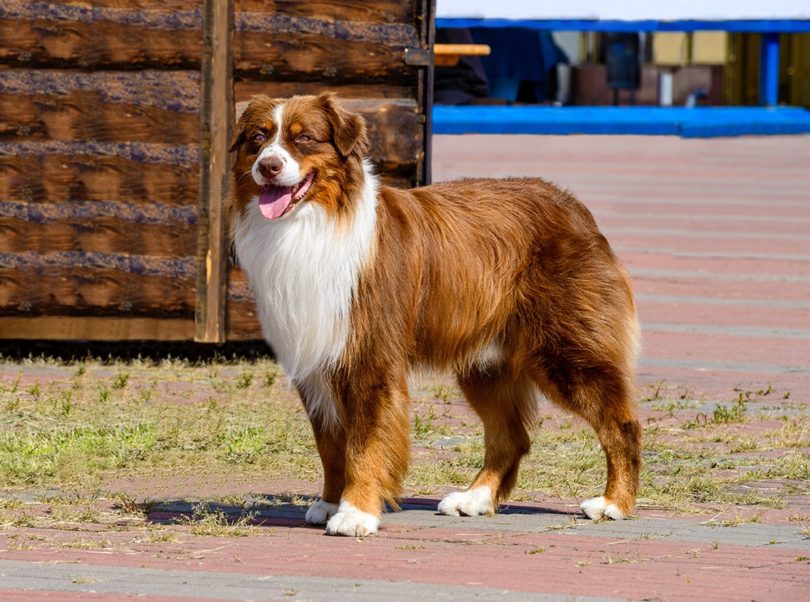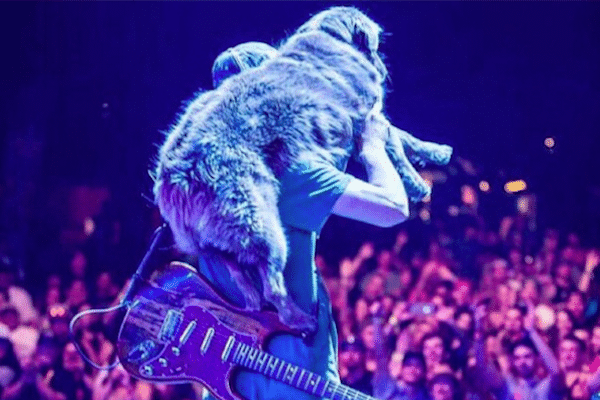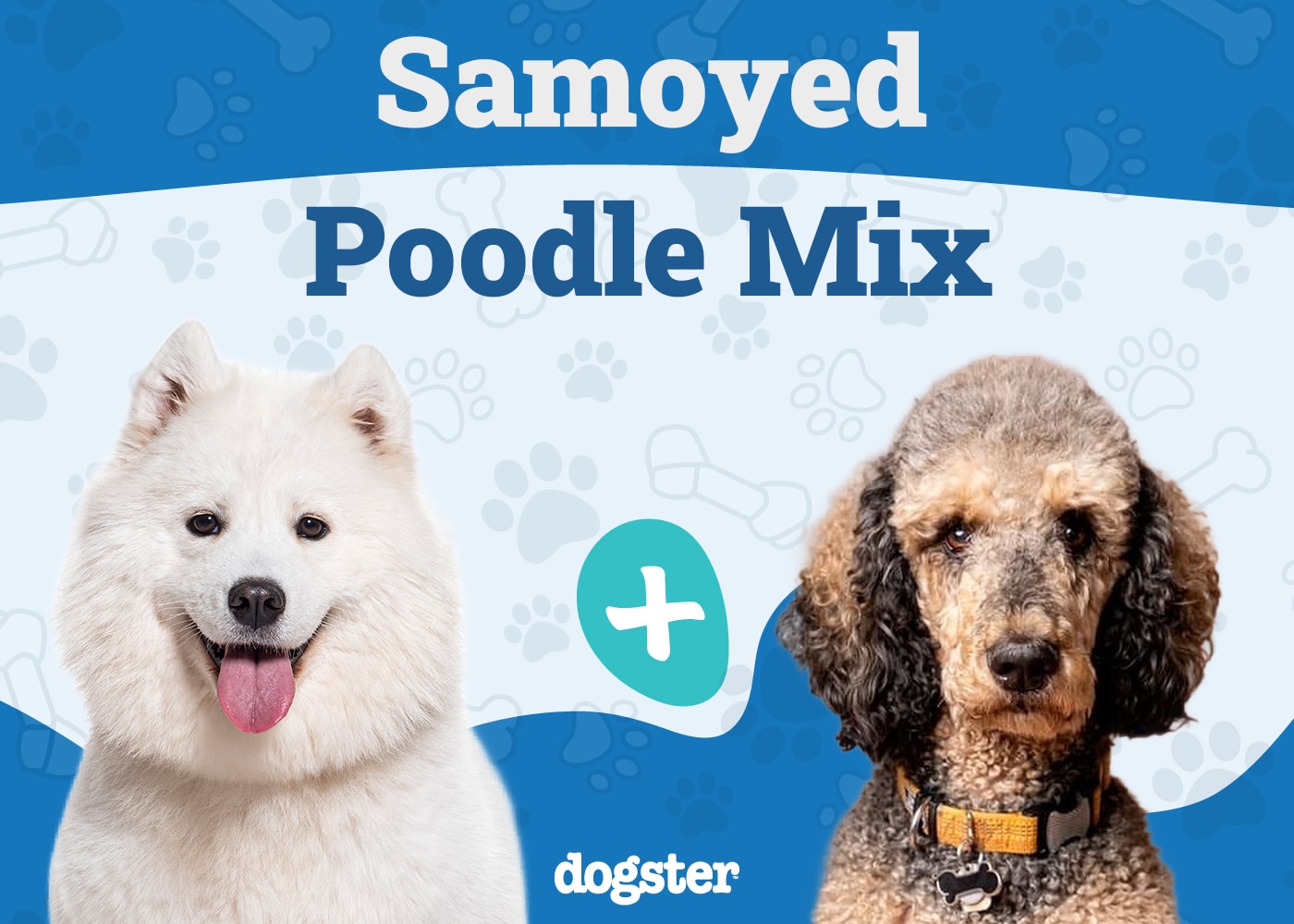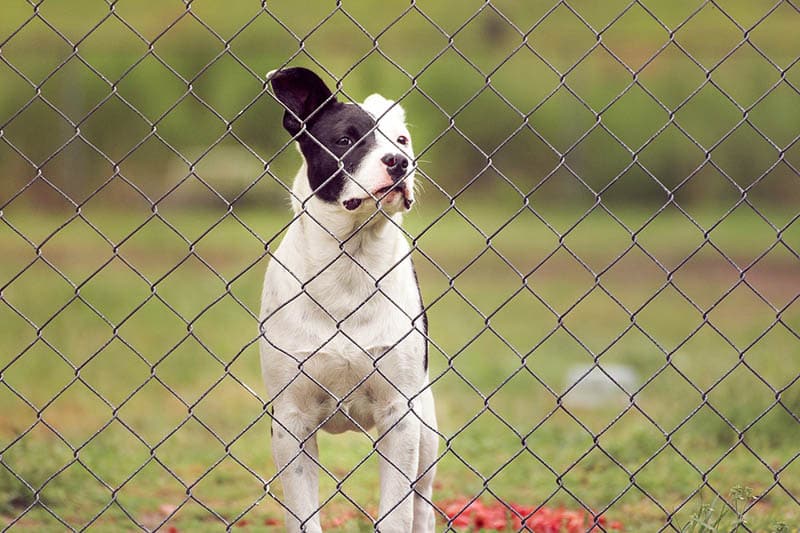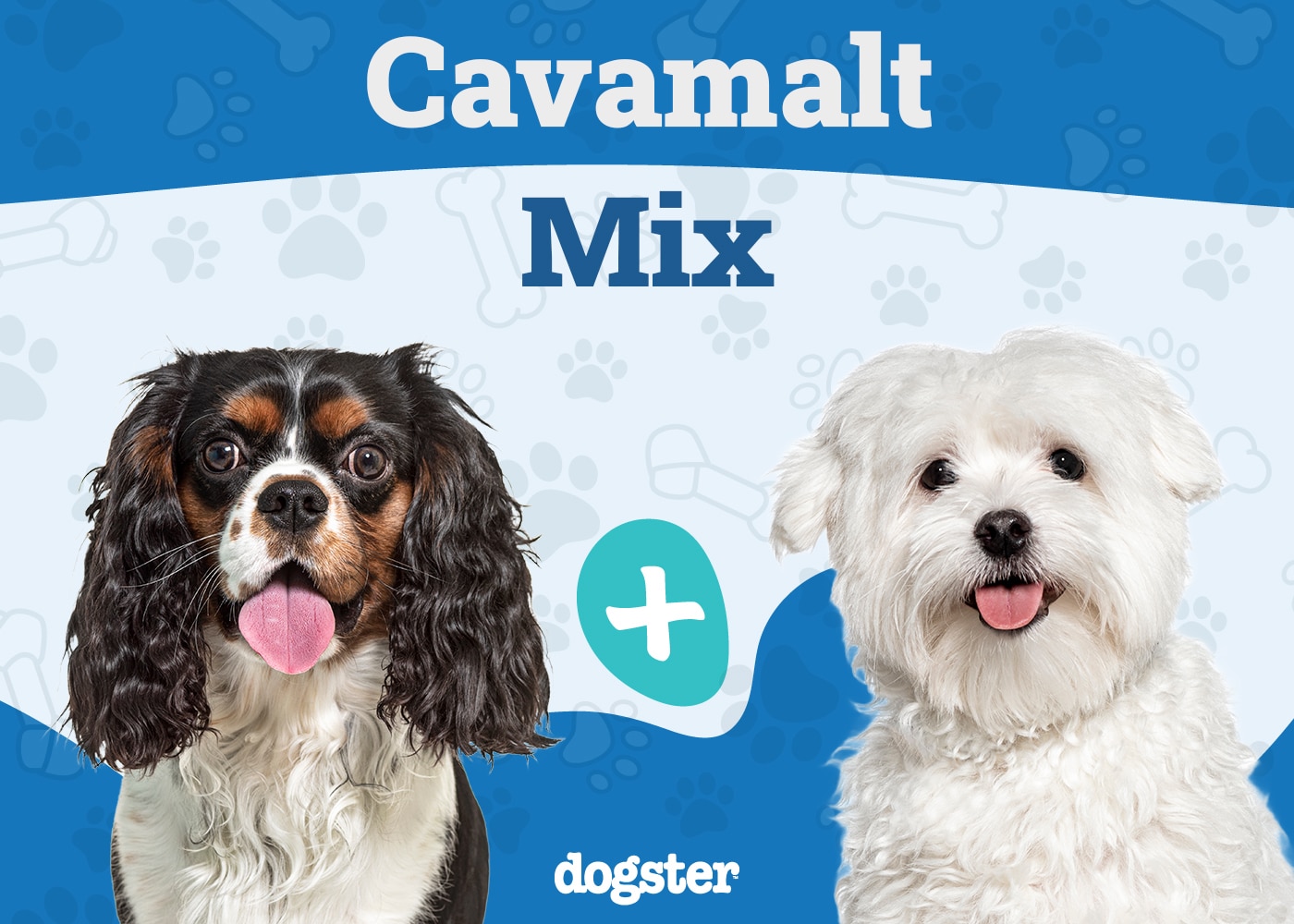Border Collies steal the show with their intelligence and unique colors. Let’s dive into their beautiful, diverse coat patterns.
- The classic black and white Border Collie is iconic and instantly recognizable.
- Catch a rare glimpse of black or black tri-color Border Collies with their unique markings.
- Ever seen a blue or blue merle Border Collie? Their diluted colors are a genetic marvel.
- From striking reds to the rare golds and lilac merles, these dogs are a spectrum of hues and patterns.
Border Collies are known for their brains and boundless energy, but their stunning coats deserve a mention too. Though the classic black and white is their signature look, there’s a whole palette of colors that make each dog unique.
The quintessential black and white coat is what most people think of when they picture a Border Collie. These dogs usually have black bodies with charming white markings on their face and belly. It’s the default, yet timeless look of the breed.
Black Border Collies are less common. Sometimes, they exhibit small white patches on their chest, tail, legs, and face, but they’re distinct from the more frequent black and white combination.
Black tri-color Border Collies add a twist with tan spots on their chest, tail, legs, and cheeks, often including tan eyebrows. This rare trait pops up when both parents carry the recessive gene.
Blue and white Border Collies are essentially black and white dogs with a genetic tweak that turns black into a grayish blue. Both parents need to carry this diluting gene to produce such a pup.
Striking in appearance, blue merle Border Collies have a faded gray coat with black or blue patches. This dominant gene also brings light noses and eyes but breeding two merles can lead to health issues like blindness or deafness.
With a blue tri-color pattern, these dogs have a solid base with tan or copper accents on their face, chest, back, and eyebrows, all thanks to the dominant merle gene and tri-color genes.
Red Border Collies cover a range of shades from golden reds to dark auburn. This beautiful hue is due to a recessive gene, needing two copies from the parents to manifest.
Red merle Border Collies sport a red base coat with white and darker splotches. These rare patterns come with the risk of health problems typical to merle genes, including light noses, eyes, and paws.
Gold Border Collies shine with a diluted red coat, resembling Golden Retrievers more than their black and white counterparts. This rare coat color arises from a recessive gene as well.
Chocolate and white Border Collies are a sweet sight with coats ranging from light brown to dark chocolate, accompanied by white markings on their face, chest, and collar, along with yellow-gold eyes. Both parents must have the recessive gene to produce these pups.
Chocolate tri-color Border Collies combine chocolate brown with tan or copper accents and white patches. This rare combination needs recessive genes for both chocolate and tri-color from both parents.
The lilac coat color in Border Collies isn’t purple but a mesmerizing mix of blue-gray with warm brown, seeming to change under different light conditions. Both parents must have the recessive chocolate and dilute gene for this pigment.
Lilac merle Border Collies have a unique combination of solid colors and dilute markings, producing a blue-purple look. They might have tan points and require a mix of recessive genes to achieve this coloration.
Brindle Border Collies stand out with their tiger-striped patterns on any base color. Unlike merles’ spots, brindles flaunt streaks or stripes.
Sable Border Collies feature a blend of lighter root hair with darker tips, creating a shading effect that can look gray, light red, or tan, often including white markings.
Seal Border Collies have a unique dark brown or black coat that can sometimes feature lighter patches. This color is an incomplete expression of the sable gene.
Slate merle Border Collies are a lighter shade of blue merle. They share similar genes but differ with a solid black nose instead of gray.
Piebald Border Collies are predominantly white with asymmetrically placed colored spots. These patches typically color their heads while the body sports scattered spots in black, red, or blue. Dogs with more white on their heads are sometimes prone to deafness.
White-ticked Border Collies sport two-color coats with tiny black specks in the white areas. This spattered appearance, while divisive, is recognized by most kennel clubs.
Saddleback sable Border Collies are similar to other sables but with a distinct ‘saddle’ patch on their backs. They may also display some tan on their faces.
Despite the popularity of the black and white Border Collie, their coat colors and patterns are impressively diverse and captivating.
